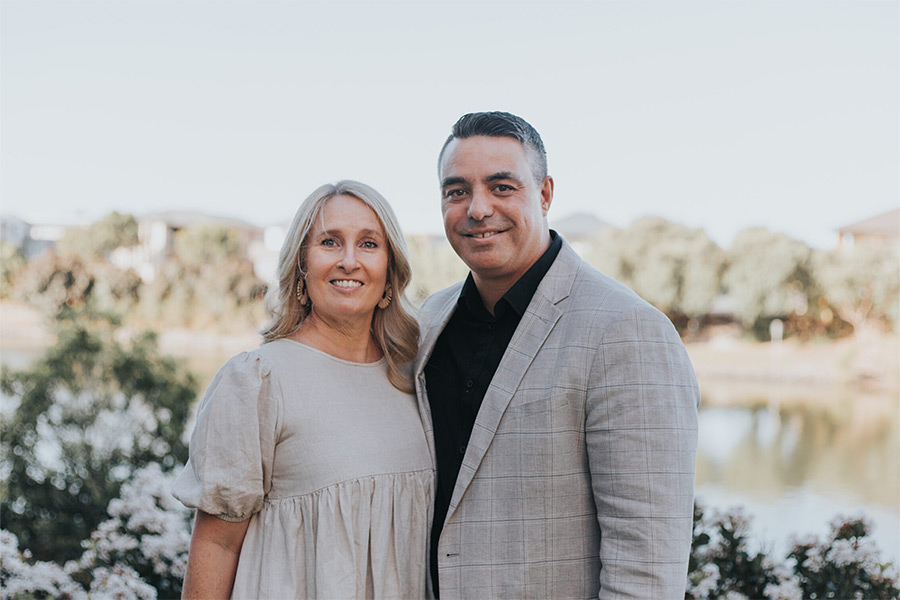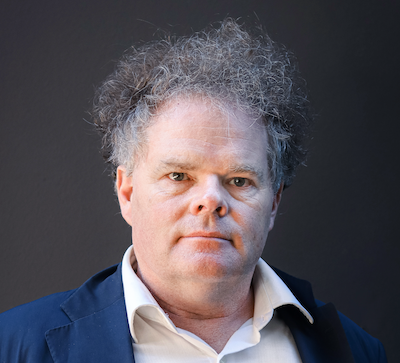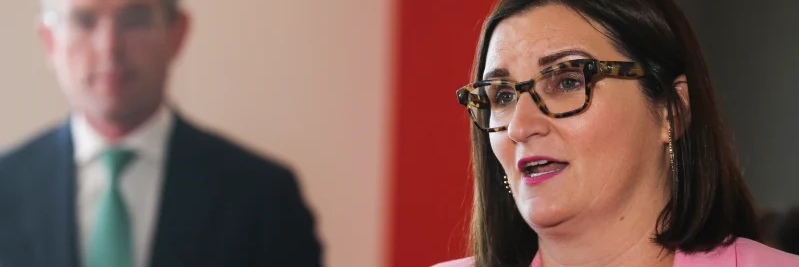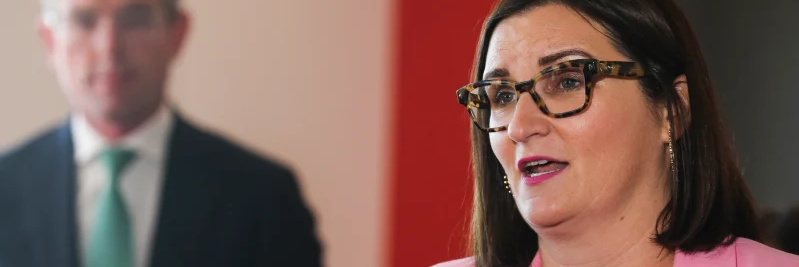Teacher, how often do you pray? When and what do you pray in the classroom?
The role of prayer in teaching varies from teacher to teacher.[1] In my research with 37 teachers with Pentecostal and Charismatic colleges across Australia, I discovered several approaches to prayer in teaching. Three general positions identified were (1) personal prayer, (2) planned prayer, and (3) prompted prayer.
Personal Prayer
Prayer is personal and regularly practised in private. Some of the teachers I interviewed did not perceive routine prayers in the class as necessary, as the teacher (and students) are maintaining a personal prayer life. Hence, from this “lifestyle” of prayer, everything else flowed, including teaching. This personal prayer life is essential for any Christian. One teacher acknowledges the Spirit will speak when he is at home in his study; “quiet and prayerful, and getting this message ready.”[2]
Personal prayer, prayer as preparation has a long tradition in Christianity. Thomas Aquinas wrote,
“We pray before study because by doing we place ourselves in appropriate relation with the Lord as the one who gives wisdom, without which understanding is not possible.”[3]
Teachers as part of their regular habits can pray that the Spirit will reveal wisdom, knowledge, understanding and that the Spirit will reveal the necessary life formational content to the students, amid the many other prayer items one may pray.
Planned Prayer
The second response affirmed a regular habit of planned prayer in the classroom. Prayer occurred either at the start or the end of the lesson. Some teachers described they occasionally ask students to pray. James K. A. Smith describes opening in prayer as “a powerful on going practice that centers and situates learning within the sweep of God’s reconciliation of all things.”[4] One teacher described the role of prayer like that of the priestly blessing declared over the students at the end of the lesson.
While we have the opportunity to do so, we should plan to pray in class. The teacher can pray for the students, ask a student to pray, pray from a book, or sing as a psalm, declare together or pray freely. Whatever the form, prayer engaged from a life that embodies the prayer provides several advantages. First, it establishes the foundation of God as the author of all wisdom, knowledge and understanding. Second, it provides space and time for everyone to stop, disconnect from the busyness of the now and connect with the stillness of the moment. Third, it allows the teacher, who lives the prayer, to model prayer to the students. Imitation is an excellent teaching method.
Prompted Prayer
Thirdly, many teachers also expressed their openness in praying when prompted. Bonhoeffer refers to this as the free prayer.[5] This prompting could flow out of a class discussion, awareness of students being unwell, or a sense of Spirit leading. One teacher described a time, in fact, it regularly occurred for the same lesson on females in ministry and leadership. He would regularly sense the need to stop and pray for those who felt victims of this issue—providing space for the Spirit to transform the student by bringing freedom and forgiveness.
Teachers should be open to prompted (or free) prayer. One of the teachers I interviewed talked about God’s hidden agenda in teaching. While this teacher had her lesson plan, she was aware, and therefore, ready for what God may do. There was an expectation that God may do something in this class and to pray accordingly. Being open to praying as prompted recognises the work of the Spirit in the midst of the believing community.
While these three options regarding prayer are different, they are not separate. All three operate together in the practice of prayer and teaching. Prayer, as an educational forming Christian habit must be practised within a Christian community. The teacher needs to embody the prayer, not just recite the prayer.
[1] William Kay writes, “Indeed each teacher needs to develop a personal philosophy of ministry and education that focuses on prayer, repentance, obedience to divine command, and a desire to change the world through the renewal of the church.” William K. Kay, “Pentecostal Education,” Journal of Beliefs and Values 25, no. 2 (2004): 229–239; Clark H. Pinnock, Flame of Love: A Theology of the Holy Spirit (Downers Grove, IL: InterVarsity Press, 1999), 12–13; Roy B. Zuck, Spirit-Filled Teaching: The Power of the Holy Spirit in Your Ministry (Nashville, TN: Thomas Nelson Publishers, 1998), 132.
[2] Ken Chant, “Pentecostal Pedagogy Interview,” interview by Dean David O’Keefe, July 7, 2017.
[3] Smith and Smith, Teaching and Christian Practices, 115.
[4] Smith, You Are What You Love: The Spiritual Power of Habit, 168–169.
[5] Bonhoeffer, Life Together, 53.
Inspire the Next Generation with a Career in Teaching
Are you passionate about shaping young minds and making a positive impact on future generations? Our teaching courses prepare you to become an exceptional educator equipped with the skills, knowledge, and heart to lead in classrooms and communities.
With programs tailored for aspiring and current teachers, we offer flexible study options, hands-on experience, and a supportive learning environment. Whether you’re starting your journey or advancing your career, our courses are designed to help you thrive as an influential and inspiring teacher.
Related Courses:
Bachelor of Education (Secondary)
Bachelor of Arts and Bachelor of Education (Secondary)
Master of Teaching…
Teacher, how often do you pray? When and what do you pray in the classroom?
The role of prayer in teaching varies from teacher to teacher.[1] In my research with 37 teachers with Pentecostal and Charismatic colleges across Australia, I discovered several approaches to prayer in teaching. Three general positions identified were (1) personal prayer, (2) planned prayer, and (3) prompted prayer.
Personal Prayer
Prayer is personal and regularly practised in private. Some of the teachers I interviewed did not perceive routine prayers in the class as necessary, as the teacher (and students) are maintaining a personal prayer life. Hence, from this “lifestyle” of prayer, everything else flowed, including teaching. This personal prayer life is essential for any Christian. One teacher acknowledges the Spirit will speak when he is at home in his study; “quiet and prayerful, and getting this message ready.”[2]
Personal prayer, prayer as preparation has a long tradition in Christianity. Thomas Aquinas wrote,
“We pray before study because by doing we place ourselves in appropriate relation with the Lord as the one who gives wisdom, without which understanding is not possible.”[3]
Teachers as part of their regular habits can pray that the Spirit will reveal wisdom, knowledge, understanding and that the Spirit will reveal the necessary life formational content to the students, amid the many other prayer items one may pray.
Planned Prayer
The second response affirmed a regular habit of planned prayer in the classroom. Prayer occurred either at the start or the end of the lesson. Some teachers described they occasionally ask students to pray. James K. A. Smith describes opening in prayer as “a powerful on going practice that centers and situates learning within the sweep of God’s reconciliation of all things.”[4] One teacher described the role of prayer like that of the priestly blessing declared over the students at the end of the lesson.
While we have the opportunity to do so, we should plan to pray in class. The teacher can pray for the students, ask a student to pray, pray from a book, or sing as a psalm, declare together or pray freely. Whatever the form, prayer engaged from a life that embodies the prayer provides several advantages. First, it establishes the foundation of God as the author of all wisdom, knowledge and understanding. Second, it provides space and time for everyone to stop, disconnect from the busyness of the now and connect with the stillness of the moment. Third, it allows the teacher, who lives the prayer, to model prayer to the students. Imitation is an excellent teaching method.
Prompted Prayer
Thirdly, many teachers also expressed their openness in praying when prompted. Bonhoeffer refers to this as the free prayer.[5] This prompting could flow out of a class discussion, awareness of students being unwell, or a sense of Spirit leading. One teacher described a time, in fact, it regularly occurred for the same lesson on females in ministry and leadership. He would regularly sense the need to stop and pray for those who felt victims of this issue—providing space for the Spirit to transform the student by bringing freedom and forgiveness.
Teachers should be open to prompted (or free) prayer. One of the teachers I interviewed talked about God’s hidden agenda in teaching. While this teacher had her lesson plan, she was aware, and therefore, ready for what God may do. There was an expectation that God may do something in this class and to pray accordingly. Being open to praying as prompted recognises the work of the Spirit in the midst of the believing community.
While these three options regarding prayer are different, they are not separate. All three operate together in the practice of prayer and teaching. Prayer, as an educational forming Christian habit must be practised within a Christian community. The teacher needs to embody the prayer, not just recite the prayer.
[1] William Kay writes, “Indeed each teacher needs to develop a personal philosophy of ministry and education that focuses on prayer, repentance, obedience to divine command, and a desire to change the world through the renewal of the church.” William K. Kay, “Pentecostal Education,” Journal of Beliefs and Values 25, no. 2 (2004): 229–239; Clark H. Pinnock, Flame of Love: A Theology of the Holy Spirit (Downers Grove, IL: InterVarsity Press, 1999), 12–13; Roy B. Zuck, Spirit-Filled Teaching: The Power of the Holy Spirit in Your Ministry (Nashville, TN: Thomas Nelson Publishers, 1998), 132.
[2] Ken Chant, “Pentecostal Pedagogy Interview,” interview by Dean David O’Keefe, July 7, 2017.
[3] Smith and Smith, Teaching and Christian Practices, 115.
[4] Smith, You Are What You Love: The Spiritual Power of Habit, 168–169.
[5] Bonhoeffer, Life Together, 53.
Inspire the Next Generation with a Career in Teaching
Are you passionate about shaping young minds and making a positive impact on future generations? Our teaching courses prepare you to become an exceptional educator equipped with the skills, knowledge, and heart to lead in classrooms and communities.
With programs tailored for aspiring and current teachers, we offer flexible study options, hands-on experience, and a supportive learning environment. Whether you’re starting your journey or advancing your career, our courses are designed to help you thrive as an influential and inspiring teacher.
Related Courses:
Bachelor of Education (Secondary)
Bachelor of Arts and Bachelor of Education (Secondary)
Master of Teaching (Secondary)

















